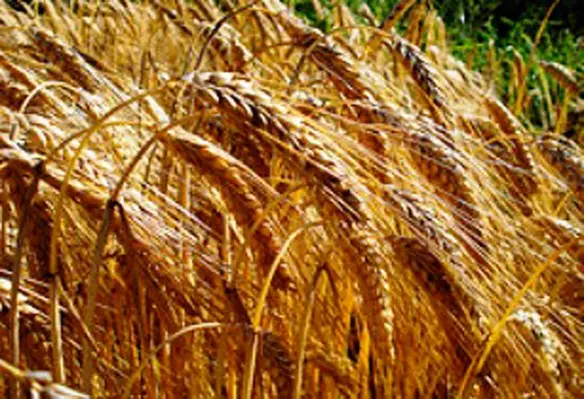A team of plant geneticists is testing a rapid method of producing new varieties of wheat and barley ready for field trials in Australia
Guijun Yan, associate professor at University of Western Australia, said that under normal conditions, it takes eight growing seasons to produce the eight generations of a new hybrid to produce a ‘pure line’ of wheat, ready for propagation.
“It’s very important for the farmers to produce new cultivars,” he added.
“A lot of the time the breeders are doing two things.”
These, Yan said, are the active creation of genetic variations, and the selection of useful variations for breeding.
The new method involves separating the embryo from the endosperm within the seed, and placing it in a growing medium. This eliminates the 40–45 days it normally takes for a seed to germinate. The young plant is then quickly forced to flower by stressing it with a combination of high temperature and light; and low water and nutrition.
“Generally when the plant is stressed it tries to flower and produce a seed so it can start the next generation when conditions are good,” Yan noted, adding, “We could achieve eight generations of wheat and nine generations of barley in a year by recovering the small embryos before the seeds mature. “And also we quicken the growth of plants so that they can flower within the month.”
This shortens the time taken to produce each generation from a whole growing season to 45 days or less.
Therefore, according to the researcher, that technology can significantly decrease seasons of breeding so that a grower can have the new varieties quicker.
The methodology was reportedly first trialled at Hebei Academy of Agriculture and Forestry Sciences in China.
“In China they grow winter wheat and they could achieve about five generations per year,” Yan said. “Now we are implementing the technology in Australian wheat breeding.”
The technique is currently being used to produce pure breeding lines for Prof John Hamblin’s low chlorophyll wheat trials.




